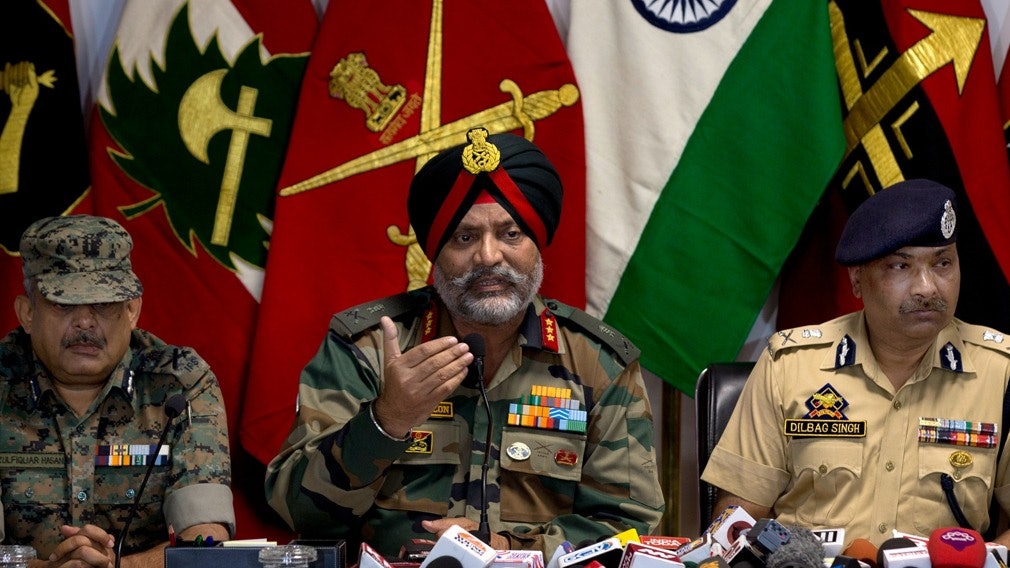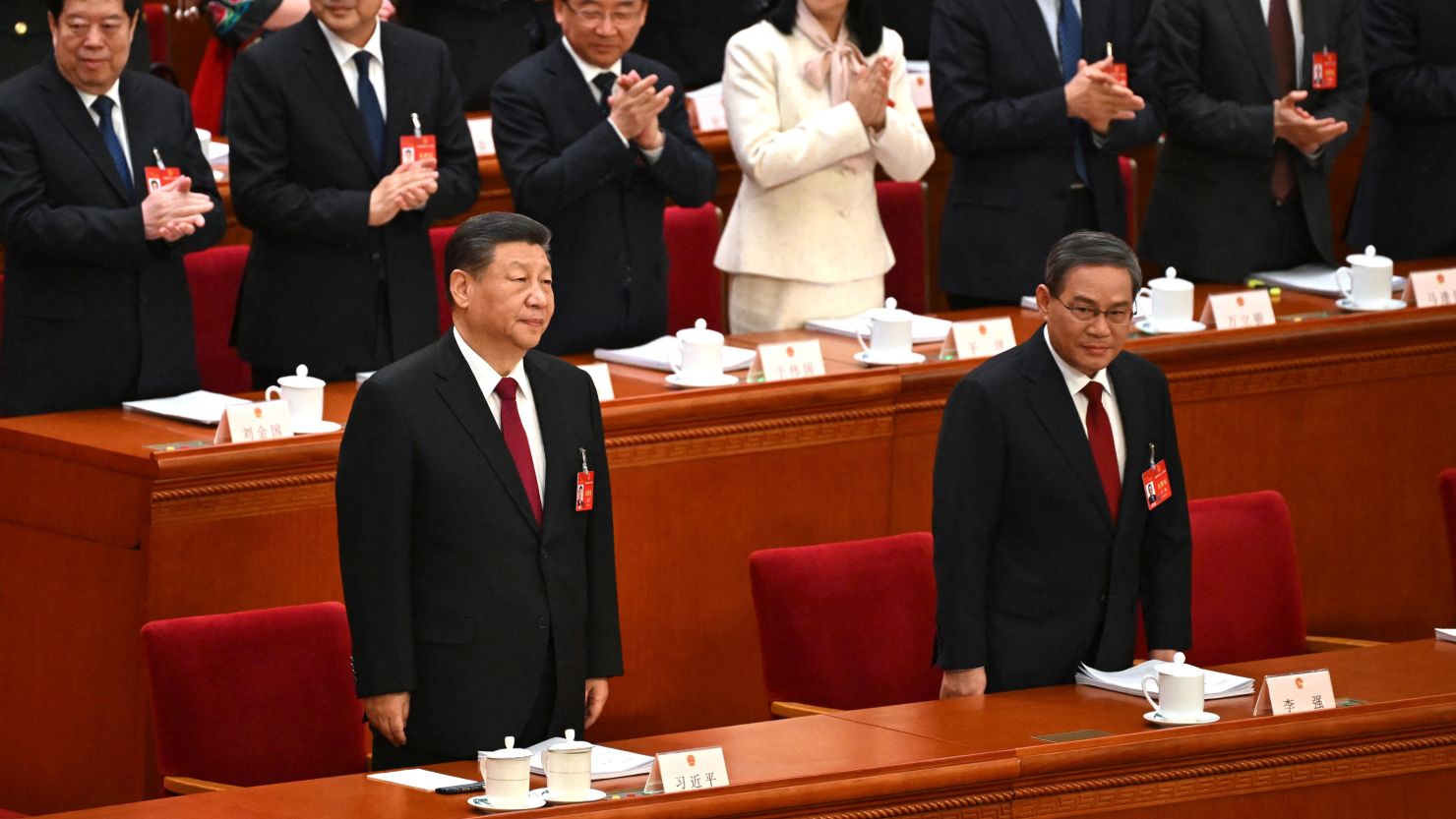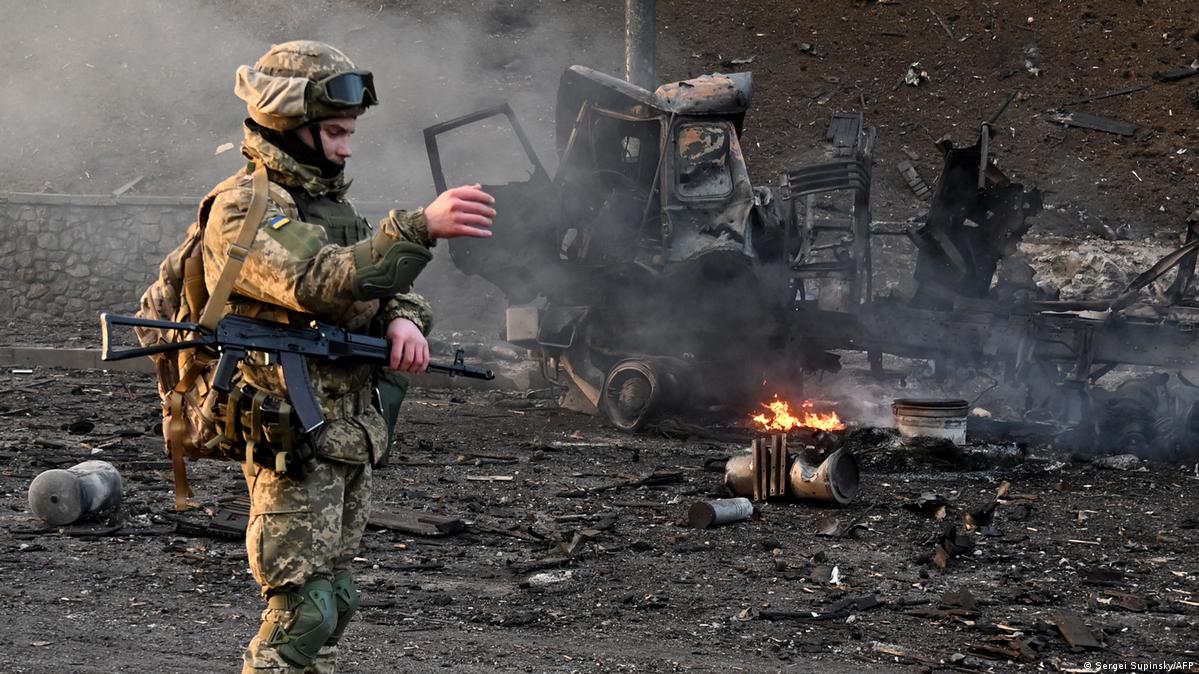The Kashmir region (Kashmir), located at the junction of China, India and Pakistan, has been a point of violence for the three countries for many years.
Its northwest is controlled by Pakistan, the eastern part of Aksai Chin is controlled by China, the southern part of Jammu, Kashmir and the southeastern Ladakh, which is dominated by Buddhists, has always been in India. Uniformly classified as Jammu-Kashmir.
On August 5th, the Indian side abolished the autonomy of Jammu-Kashmir and divided it into Jammu-Kashmir and the central government of Ladakh.
Due to the disputes over border sovereignty between the three countries in the region, China and Pakistan have naturally issued fierce protests – and their protests are fierce and may exceed the original estimates of India.
On the Palestinian side, such as the Chief of Staff of the Army (the Commander-in-Chief of the Army), General Qamar Javed Bajwa and Prime Minister Imran Khan, all of whom said that Pakistan is “prepared” and “full political confrontation” The Narendera Modi policy.
On the Chinese side, the Ministry of Foreign Affairs also stated on August 6 that “the Indian side has placed the Chinese territory in the western section of the China-Indian border into the administrative jurisdiction of India. “This is unacceptable and will not have any effect.”
In response, a spokesman for the Indian Foreign Ministry responded that “India has not commented on his domestic affairs and hopes that other countries will not interfere in India’s internal affairs.”
The conflict between India and Pakistan has existed for a long time. However, China and India have clearly shown signs of improvement in the past year, and Xi Jinping will return to India in October this year to hold an informal meeting with Modi. The current situation is undoubtedly unacceptable. Obstacles to neglect.
What’s more, on August 2nd, the Chinese and Indian armed forces also met in the area along the western border. The Chinese and Indian sides even planned to open a section outside the Nathu Lala and the Qiang La Pass in the Ladakh region. Three border exchange ports. The sudden action of this week in New Delhi will undoubtedly exceed Beijing’s expectations: What is the purpose of the Indian side’s move?
Complex historical issues
Previously, the Jammu-Kashmir Autonomous State was the only Muslim-dominated region in India. The state had great autonomy in the military, diplomatic, and liaison communications sectors, including officials from the region who needed to come from the region. This also means that the autonomous state has always been an area that the central government of India cannot directly control. In addition, Jammu-Kashmir State is close to Pakistan, and Pakistani organizations also have certain organizational capabilities in the self-governing state. This is a hidden danger that the Indian central government cannot accept.
Today, India deprives the state of autonomy and divides one into two. The Muslim-dominated Jammu and Kashmir region still belongs to Jammu-Kashmir, while the Buddhist-dominated Ladakh region is Independently designated as “Ladakh Central Territory”.
At present, the reason for the fierce protest in China is that the “Ladakh Central Territory” covers territories where India and China have sovereignty disputes. Pakistan’s concerns are even worse. After all, the region is directly approaching the core of the country.
The UN Resolutions 38 and 39 of 1948 and the Shimla Agreement of India and Pakistan in 1972 have determined that the Kashmir region has maintained a special status. Today, India’s actions are to forcibly transform Indian-controlled Kashmir into a territory that New Delhi can effectively control.
Indian action is modest
In addition to issuing administrative orders, the Modi government has also exerted a hard power: in order to ensure that Pakistan is not “sounding”, India has mobilized nearly 80,000 paramilitary units and regular military personnel to India-controlled Kashmir. The Indian Army also sent a fine detachment of the 26th Division of the Ninth Army on the 5th to go to key cities to “maintain law and order.” At the same time, the Indian side also broke the net, curfewed and implemented military control.
In this regard, although the Pakistani side stated that “Kashmir’s status is not fixed,” it can only do so.
Fortunately, the main activities of the Indian Army are still in the country. Although Pakistan is tense, the Chinese response is fierce and the current situation is still within the controllable range. The three countries of China, India and Pakistan are all within the framework of the Shanghai Cooperation Organization (SCO, referred to as Shanghe), which has created a certain operational space for the future mediation dialogue of the three parties.
New Delhi wants to regain “full control”
In contrast, China-Indian relations may be worth worrying about. It should be said that this round of Indian practices is not aimed at China, nor against Pakistan, but to obtain “full control” over India-controlled Kashmir. In order to achieve this goal, it is bound to be in direct opposition to Pakistan. It is only in the process of doing so that the practice involving the Chinese border may be slightly inappropriate and may cause China-Indian friction again.
After decades of wars and negotiations, the three parties of China, India and Pakistan basically decided on the ownership of the local disputed territories. Beijing has won the Karakoram Corridor and Aksai Chin, but there is still an unresolved territory between China and India, the Parigas. In the struggle between encroachment and anti-encroaching from 1962 to 1963, although China obtained most of the territory of this territory with a total area of about 1,900 square kilometers, the area of about 450 square kilometers in the southwest corner of the area is still under control in India. under.
For China and India, although the western border area is relatively “smooth” compared to the frontier of Tibet, this does not mean that there will be no embarrassment between the two countries. The most prominent of these is the “tent confrontation” between the two border guards in the Axechin line in 2013. However, this 20-day “confrontation” ended with the removal of the frontier military facilities in India. The Indian side promised to strictly control the herdsmen’s cross-border grazing, and the Chinese side ended. This incident also laid the foundation for China-Indian contacts on the western border.
In fact, Beijing and New Delhi have basically adopted a relatively moderate and stable principle of “respecting the line of control” on the western border between China and India, thus leaving more questions to the diplomats who handle the border negotiations. According to the results of the 21st China-India border negotiations in November 2018, Beijing and New Delhi have “deeply communicated and reached important consensus on further strengthening the construction of trust measures in the border areas, properly controlling disputes and solving border problems.”
Potential China-Indian conflict?
It should be said that the Indian side is not willing to go into trouble with Beijing because of this. When the Indian Foreign Ministry responded to the speech of the Chinese Foreign Ministry on the 6th, it also explicitly talked about the content of strengthening China-India’s trust. This seems to indicate that New Delhi did not forget the previous “commitment”.
In a sense, India has divided the Muslim-inhabited areas of Ladakh and Kashmir, and the attitudes of China and Pakistan in different attitudes on the border issue have also become clear. The temporary stability of the China-Indian border has given China and India the opportunity to “handle the differences between the two countries properly.”
Therefore, before the Chinese and Indian leaders will hold an informal meeting in New Delhi, the Modi government will not let the border friction easily interfere with the political and economic situation between the two countries. However, the trick of “the sword is going to the slant” in New Delhi may have buried a hidden thorn in China-Indian relations.











